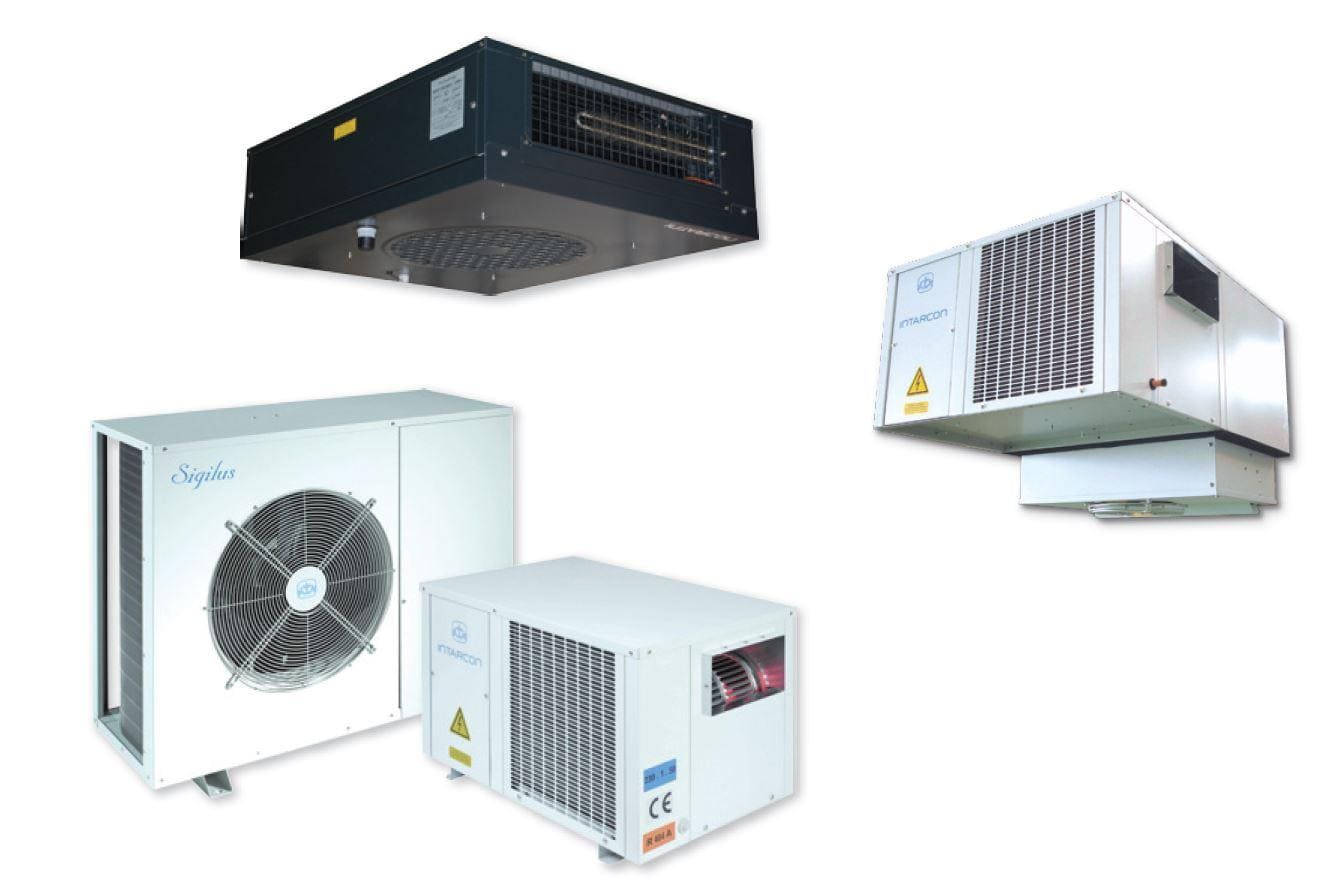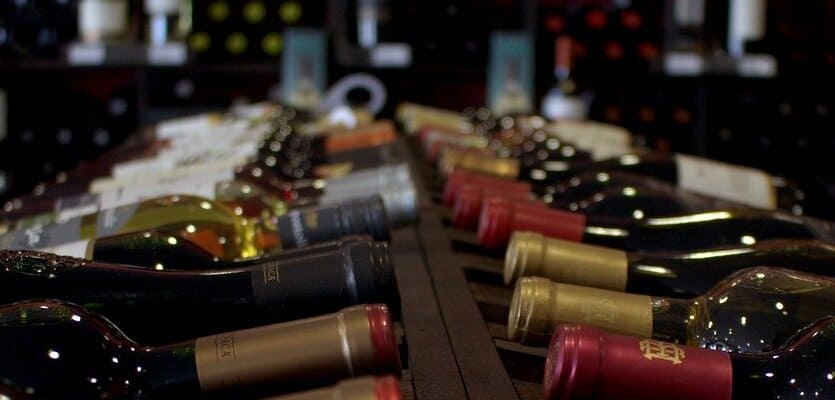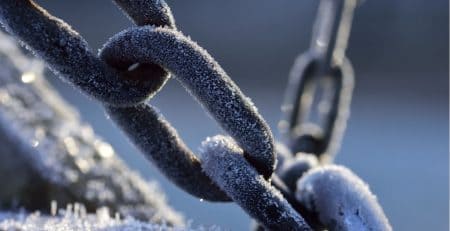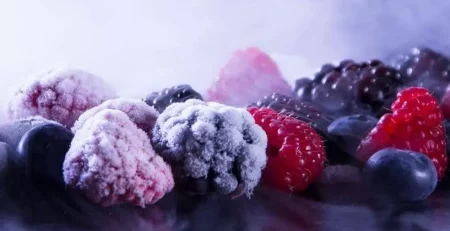Wine refrigeration in wine cellars
INTARCON2024-09-11T09:38:30+02:00Optimal wine preservation and refrigeration conditions in wine cellars
A wine cellars or winery is a storage room for wine in bottles or barrels.
Wine is a natural perishable product; exposure to heat, light, vibration or fluctuations in temperature and humidity can cause any wine to spoil. When stored correctly, wines not only maintain their quality, but those that have been aged can also improve in aroma, taste and complexity as they mature.
Wine preservation temperature
Wine can be stored successfully between 7 and 18°C. The ideal temperature is usually between 12-13°C, provided that temperature variations are gradual. The greater the temperature changes the wine is subjected to, the greater the premature ageing of the wine; at temperatures over 24°C, the wine will begin to oxidise.
Recommended humidity
In terms of humidity, a high relative humidity of between 60 and 90% is recommended, as this keeps the cork moist and evaporation to a minimum. It must also be taken into account that excessively high humidity levels can cause mould on labels and even for them to come off.
In the case of preserving wine in barrels, the relative humidity in the wine cellar is key and must be adjusted so that there is no transfer of water vapour between the wine cellar environment and the inside of the barrel, thus preventing any wine from being wasted or water being absorbed by it. That is why it is so important to check the humidity conditions in the winery or wine cellar. A hygrometer can be used for this purpose.
Types of wines cellars
Once the preservation conditions are known, we can distinguish between two types of wine cellar: passive/natural ones, which do not have a controlled climate and are generally built underground to reduce temperature fluctuations, and refrigerated wine cellars, where key factors such as temperature and humidity are maintained by a climate control system. The latter are usually found in hotels, restaurants or establishments in urban environments.
Refrigerated wine cellars have the advantage of maintaining the humidity (either by drying the environment or providing humidity) and the temperature within the required parameters.
Refrigeration units for wine cellars conditioning
It is important that the units chosen for conditioning the wine cellars keep the temperature stable between 5-18°C and a relative humidity of 60-95%. Bear in mind that there are units specially designed for preserving wine in bottles and barrels, which guarantee optimal wine preservation conditions.

Generally, the equipment for cellar conditioning is available in semi-compact construction (silent or centrifugal) and in compact roof construction (axial or centrifugal).
Practical guide to selecting a wine cellars units
To proceed with the selection of any refrigeration unit, we first require the following information:
- Optimal product preservation conditions
- Temperature for optimal preservation temperature
- Optimal preservation humidity (if relevant)
- Geographical location, in order to determine the maximum and minimum outdoor ambient temperatures and to calculate the required cooling and heating capacities.
- Required cooling capacity for maintaining the optimal product preservation conditions, considering the maximum outdoor ambient temperature (summer operation). You can use the INTARCON refrigeration calculator to calculate the temperature and maintain the optimal product preservation conditions. It is normal for cold rooms to have to be refrigerated in summer and, to a lesser degree, in winter. It would be unusual to have to heat them to reach the optimal preservation conditions, which is why in most cases, the required heating capacity in winter is zero.
- If controlling the humidity of the product is necessary:
- Could passive humidity control be sufficient? (no vapour injection, simply by varying the evaporator airflow).
- Active humidity control is required (with vapour injection).
- If a high air circulation speed can damage the product and/or harm the people in the room:
- Select a unit with a low-speed, double-flow ceiling evaporator “quasi-static unit”.
- Depending on the required cooling and heating capacities (normally zero) and the characteristics of the installation, you should decide which type of system to install:
Caracterics
And below are the main features your refrigeration unit must have for the preservation of wine in wine cellars:
- Active humidity control for humidifying and dehumidifying
- Active heating system to provide heating and cooling
- Refrigerant gas precharge included
- Anti-corrosion coating on the indoor unit to prevent deterioration
- Electronic regulation with temperature and humidity control, and remote control
- Air filter
Please note that this type of unit can also be used for other applications:
- Preservation of bottled wine , or wine in barrels
- Tobacco preservation
- Small-sized dryers for cold meat
- Cheese curing
- Refrigeration of other areas requiring a high temperature with controlled humidity







